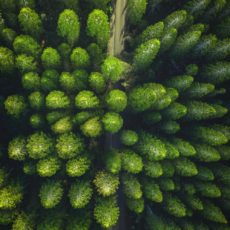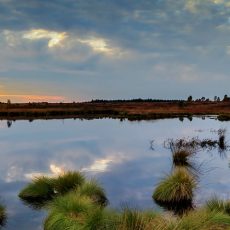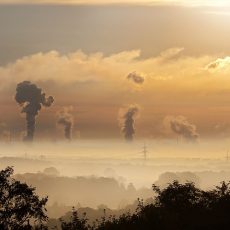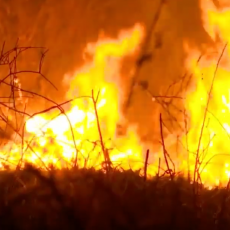Today, we’re taking a look at the ocean and why it’s so important to sustaining human life. Off the top of our noggins, half the oxygen we breathe comes from plankton in our oceans, 15% of our global diet is from seafood, and the ocean helps to regulate our climate through carbon sequestration. Phew!
Read moreCarbon Sequestration
5 Big Businesses Turning Green

There is no shortage of companies who are suddenly using phrases like carbon neutral, net zero, climate positive, and carbon negative in their marketing and communications. But how much of that is buzz and how much is backed by action? As consumers, we have to get smarter. We have to understand that simply throwing a ‘green’ or ‘eco’ phrase onto some packaging does not make the product, nor the company, an environmental or sustainability warrior. We have to dig deeper than that, to look beneath the words to see that there’s substance. And happily we can report that plenty of companies aren’t just paying the climate lip service – 23% of Fortune 500 companies have actual, robust and ambitious climate goals. This is largely due to the fact that we, the consumer, ARE digging deeper, and ARE expecting more from the companies we hand over our cash to. Great work, swrmers! So dive in to find out what some of the biggest global corporations are doing.
Read moreOur Warming Waters – devastating for so many reasons!

When we think about global warming, our first thought is usually about heat trapped in the atmosphere by greenhouse gases. But the phenomenon of global warming, one of the major symptoms of climate change, is also causing the warming of our oceans. A while ago we explored the rising sea levels — and touched on the reasons and expected impacts. But it’s time to wade deeper into the health of our oceans.
Read moreOur Wetlands are Drying up

As is perhaps obvious by the title, wetlands are where water covers land – specifically, soil. The water may be salt or fresh, or anywhere in between. And examples of wetlands are marshes, peatlands, deltas, rivers, lakes, (freshwater) and mangroves, estuaries, seagrass beds, coral reefs and lagoons (saltwater). They are picturesque, fragile, valuable – and in grave danger. Let’s explore some interesting facts about these essential ecosystems, and see what’s being done to save them.
Read moreWhat if we could catch all this carbon?

The most recent measurement of the concentration of carbon dioxide in the earth’s atmosphere was 409.52 parts per million (ppm). Given how carbon levels fluctuate, the concentration has been as high as 415 ppm. But leave no
Read moreThe Amazon Fires
All Eyes on the Amazon

By now, we’ve all heard about the wildfires raging in the Amazon rainforest in South America. We’ve heard some pretty terrifying statistics, seen social media go wild, and watched the players on the world political stage enact
Read moreForests & Carbon Sequestration
Land Degradation

Whenever we talk about the Climate Crisis, the first issues mentioned are usually about reducing our carbon footprint, living sustainably, removing fossil fuels and transitioning to renewable energy. Very rarely does anyone immediately think of how our
Read moreWhat does your 2040 look like?

So a few days ago I was privileged enough to go the cinema. My two little ones were at home with their dada, and I felt a lovely sense of independence and quiet as I showed my
Read more

